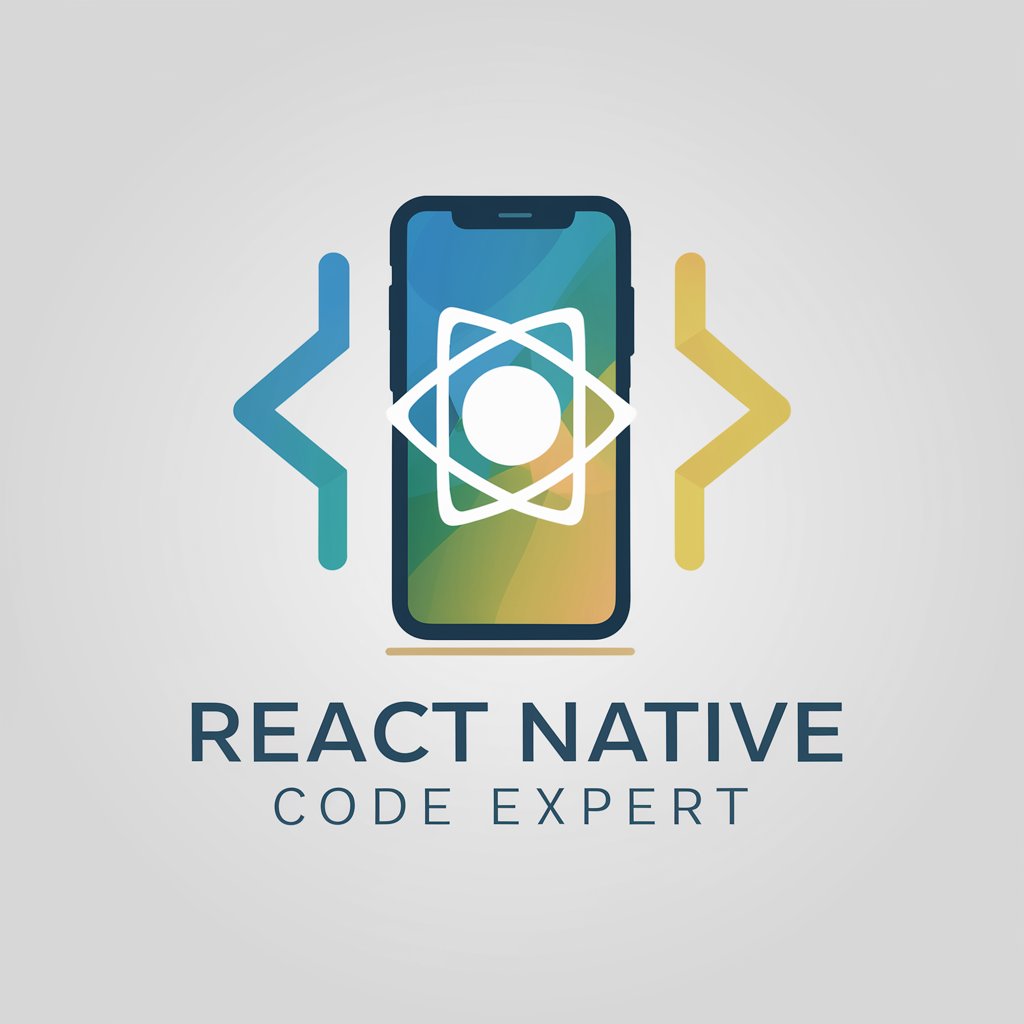GPT_code - versatile coding assistant

Hi there! I'm GPT_code, your coding assistant.
Empower your coding with AI.
Generate an optimized function for...
Refactor this code to improve performance...
Write a script that automates...
Debug the following code and explain the issues...
Get Embed Code
Overview of GPT_code
GPT_code is a specialized iteration of the GPT (Generative Pre-trained Transformer) technology, designed to assist users in generating, understanding, and manipulating code across various programming languages. It leverages the underlying capabilities of GPT models, such as natural language understanding and generation, to provide tailored support for coding tasks. This includes code generation from descriptions, explaining code snippets, debugging, and providing recommendations for code optimization. For instance, a user can describe a software functionality they wish to implement, and GPT_code can generate the corresponding code snippet in a chosen programming language. Another scenario involves a user presenting a piece of code with an error, and GPT_code offering a detailed explanation of the error and suggesting corrections. Powered by ChatGPT-4o。

Key Functions of GPT_code
Code Generation
Example
Generating a Python function to sort a list
Scenario
A user requests the creation of a Python function to sort a list of numbers in ascending order. GPT_code processes this request by generating a code snippet that defines a function using Python's built-in sorted() method, complete with comments explaining the code.
Code Explanation
Example
Explaining a JavaScript async function
Scenario
A developer encounters a complex async function in JavaScript and seeks a clearer understanding of its operations. GPT_code provides a step-by-step explanation of the function, detailing the purpose of asynchronous operations, the use of Promises, and how the async/await syntax simplifies handling asynchronous code.
Debugging and Error Correction
Example
Identifying and fixing a logic error in Java code
Scenario
A Java programmer has written a method intended to calculate the average of an array of integers but finds the output incorrect. Upon presenting the code to GPT_code, it identifies a logic error where the sum of the array elements is not correctly calculated. GPT_code then suggests a corrected version of the method, ensuring accurate calculation.
Code Optimization Suggestions
Example
Optimizing SQL queries for performance
Scenario
A database administrator wants to improve the performance of certain SQL queries that are taking too long to execute. GPT_code reviews the queries and suggests optimizations, such as indexing certain columns and rewriting the queries to avoid suboptimal patterns, leading to significantly improved execution times.
Target User Groups for GPT_code Services
Software Developers
Software developers, ranging from beginners to experienced professionals, can leverage GPT_code for a variety of tasks including generating boilerplate code, understanding legacy code, debugging, and optimizing existing code. This wide range of support helps developers save time, learn best practices, and improve code quality.
Data Scientists
Data scientists often work with complex datasets and require custom scripts to analyze and visualize data. GPT_code can assist in generating these scripts based on descriptions of the desired analysis or visualization, enabling data scientists to focus more on interpreting results than on coding.
Educators and Students
Educators can use GPT_code to create programming assignments and examples, while students can benefit from its explanations of programming concepts and logic. This facilitates learning by providing interactive, personalized support in understanding and applying programming languages.
Non-technical Professionals
Individuals with limited coding experience, such as project managers or entrepreneurs, can use GPT_code to quickly generate simple scripts or understand the technical aspects of software projects. This enables more effective communication across technical and non-technical team members and aids in the rapid prototyping of ideas.

How to Use GPT_code
Step 1
Begin by visiting yeschat.ai to access a free trial of GPT_code, with no requirement for login or subscription to ChatGPT Plus.
Step 2
Select the specific GPT_code application or function you're interested in from the available options, ranging from coding assistance to content creation.
Step 3
Input your query or task into the provided text box, ensuring clarity and specificity to receive the most accurate and helpful output.
Step 4
Review the generated response from GPT_code. You can refine your query based on the output for further precision or additional information.
Step 5
Utilize the feedback or modification features to tailor the output more closely to your needs, enhancing the tool's learning and your satisfaction.
Try other advanced and practical GPTs
Brand Site Architect
Craft Your Online Presence Seamlessly

MTB GPT
Elevate Your Ride with AI

Tech Scripter by Avaran
AI-powered Shopify Video Scripting

Diogenes
Explore Wisdom with AI-Powered Philosophy

Art Market Maestro
Empowering Art Insights with AI

Dive
Dive Deeper with AI-Powered Diving Insights

Novel Twister
Twist your tale with AI-powered creativity.

CareFYI
Empowering Caregivers with AI Wisdom

Mixtape AI
Empathetic AI-Powered Music Discovery

Gymnastics
Elevate Your Gymnastics Game with AI

React Native Code Expert
Transform designs into code effortlessly

Scholarships
Empowering Scholarship Success with AI

Detailed Q&A About GPT_code
What makes GPT_code different from other AI models?
GPT_code is specifically optimized for coding-related tasks, offering precise, context-aware suggestions and solutions. Its training includes a vast dataset of programming languages and frameworks, making it adept at understanding and generating code.
Can GPT_code help with debugging?
Yes, GPT_code can assist in identifying errors in your code and suggest corrections. By analyzing the code context and the error messages, it provides recommendations for debugging and optimization.
How does GPT_code handle different programming languages?
GPT_code is trained on a wide array of programming languages, from widely used ones like Python and JavaScript to more specialized languages. It understands syntax, semantics, and idiomatic expressions in these languages, enabling it to generate and modify code effectively.
Is GPT_code suitable for beginners in coding?
Absolutely, GPT_code is designed to be user-friendly for beginners, offering explanations, tutorials, and code examples to help new programmers understand programming concepts and languages.
How can businesses benefit from GPT_code?
Businesses can leverage GPT_code for automating repetitive coding tasks, generating code for specific projects, and enhancing the efficiency of their development teams. It can also serve as an educational tool for training employees in new technologies or languages.
